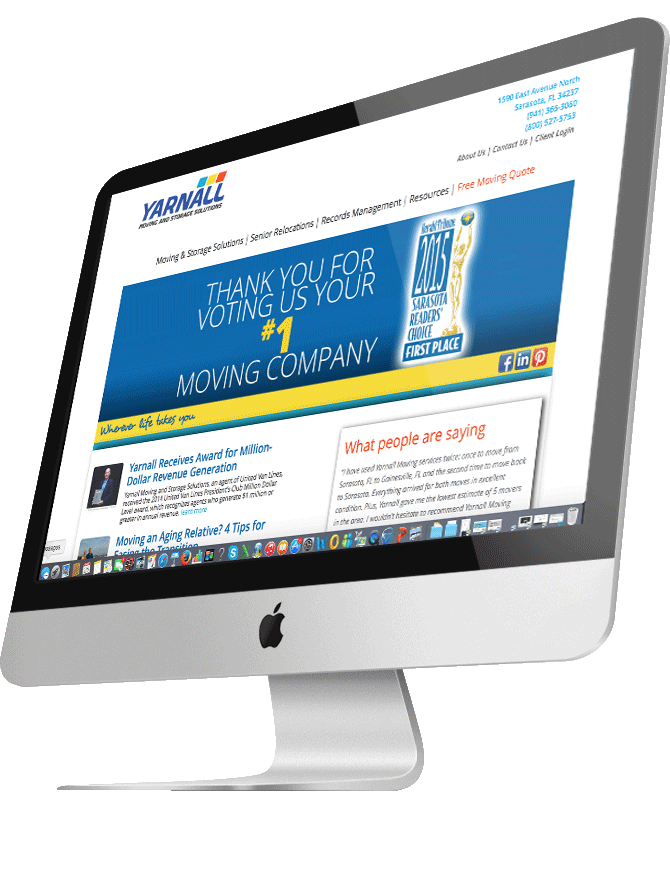PR Daily recently published a story on 21 words commonly overused in business and pleaded a case for why we may want to use some other term. However, it seems that we avoid these as much as possible, but there are some cases in meetings and emails in which substituting one word or phrase for an entire sentence is more efficient.
Here are a few that fall into that category and some of their thoughts on how we “utilize” these words:
1. Outside the box. Although this phrase originally meant creative thinking, its overuse has twisted its definition to mean the exact opposite. As one PR Daily reader put it, those who use it should be put in a box—and kept there.
2. Tee-off/tee-up. The person who insists upon deploying golf references should be forced to wear plaid knickers and a jaunty cap in the boardroom. And keep your mashie niblick to yourself, pal.
3. Utilize. It means “use.” There is not a single case in which “utilize” is preferred.
4. Noodle. You hear it in this manner: “Let’s noodle some solutions.” Next time someone says it, offer this suggestion: “How about we kimchi them instead.”
5. Paradigm shift. The word paradigm means almost nothing. According to Dictionary.com, it refers to “a set of forms all of which contain a particular element, especially the set of all inflected forms based on a single stem or theme,” or “an example serving as a model; pattern.” You lost me at set of forms.
6. Bandwidth. This is what happens when IT speak spreads to other departments: “Are you sure you have the bandwidth to take on that assignment?” As one PR Daily urged: “Just say capacity, or ability, or time.”
7. Leverage. A perennial favorite. Save it for Happy Hour, when you can leverage a beverage.
8. That being said. Translation: Everything I just said is meaningless. It’s also grammatically wrong, but just don’t use it.
9. Learnings. Don’t add an “s” to this collective gerund to try to make it plural. Just don’t. If you mean “lessons,” learn to say “lessons.”
10. Solutioneering. A study from last year found that “solution” is among the most commonly used words in press releases. Adding “eer” and then “ing” only exacerbates a dire problem.
11. Dial up/dial down. Next time someone says this phrase, take out your phone and ask for the number.
12. Leading. This word earns the Ubiquitous Award in corporate writing.
13. Socialize. To get an idea of the inanity of this word, go home tonight and tell your spouse: “Sweetheart, as you’ve probably noticed, there are a few issues with our relationship that we need to socialize.” Better yet, just take our word for it.
14. Wheelhouse. There are two instances in which it’s perfectly acceptable to use this word: When you’re piloting a riverboat, or when you’re broadcasting a baseball game and the batter has just pummeled a hanging curveball. It is unacceptable when you’re pitching a reporter (unless he or she is a sports reporter, in which case toss that story right into their wheelhouse).
15. Deliverables. When the U.S. Postal Service gets into the snack business, this will be its first product. “Try cheddar-flavor Deliverables, now with even more of that cheesy flavor you love.” Yeah, it’s cheesy all right.
16. Prezo. When you hear this abbreviation for presentation— “Hey, sweet prezo today, bro”—run as fast as you can. The same goes for the word “convo.”
17. Value-add. Which do you prefer: “We hope this article added some value to your day,” or, “We hope this article is a value-add.” If you opted for the latter, you might just be a PR toolbag.
Any others you’d care to add?




